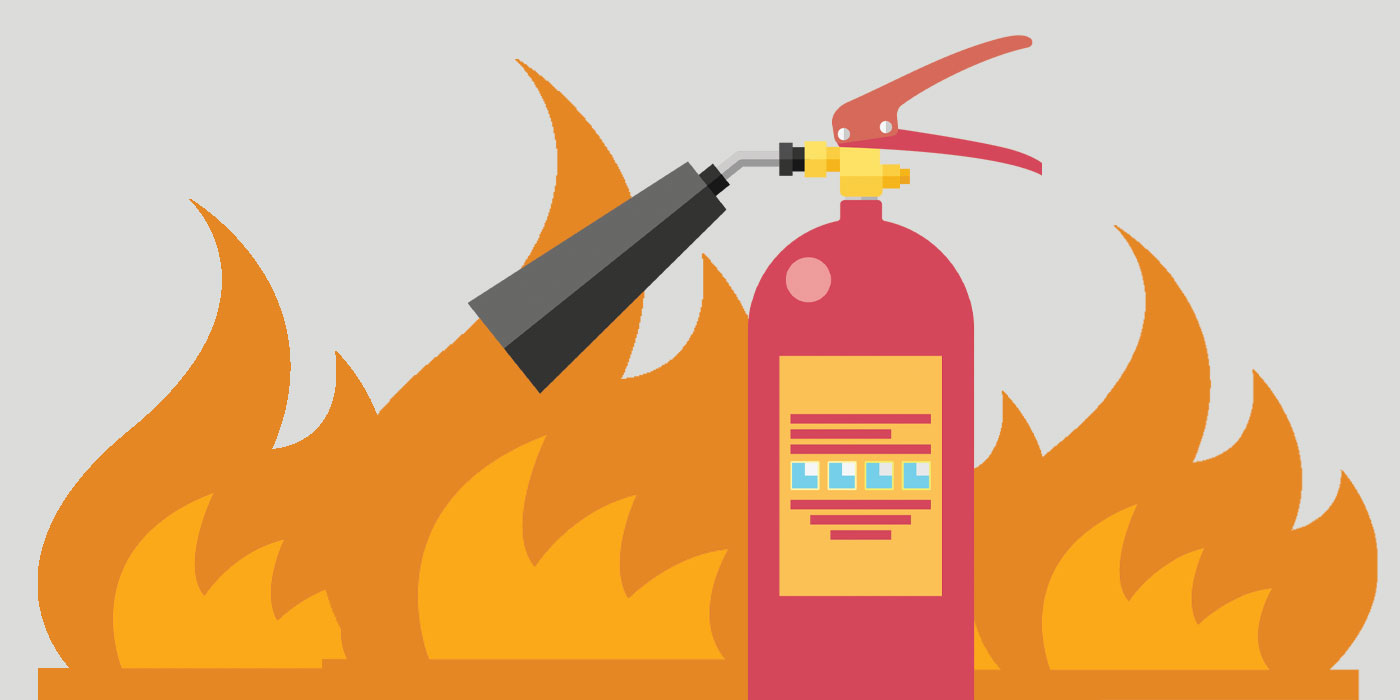Protection against fire is a must for all Sydney business. It’s not just legally required but an effective way of keeping personnel, customers, and even property safe. Many of the risks caused by the occurrence of a fire can be avoided or reduced with the correct precautions. Inspections for fires, regular testing and tagging of electrical systems and complying with CFSP regulations all work together to create a safer workplace and ensure that businesses remain in compliance with the local government and Building Code of Australia (BCA) standards.

The reason Fire Inspections Are the Foundation of Safety
The first line of defense is fire inspections. These inspections confirm that the fire protection system in a building is up-to-date and in good working order. Businesses are located in Sydney are required to perform inspections every six or twelve months annually, based on the kind of building they are operating and council regulations. The inspection can include everything from sprinklers to fire alarm systems, to smoke detectors, hydrants and extinguishers.
The ability to identify hidden issues and fix the problem before they pose a risk is what makes inspections important. In a crisis an emergency, a minor flaw in a smoke detector or a faulty fire hydrant may appear minor. Through conducting regular fire inspections, business managers are not only ensuring they meet legal requirements, but they are also taking proactive steps to guard their business from unavoidable disasters.
Potential electrical hazards that are hidden are addressed through testing and labeling
Electrical systems are a leading source of workplace fires. That’s why testing and labeling is an essential included in any fire safety plan. The procedure involves examining electrical devices for safety, functionality and compliant, then adding a tag to show that the item was inspected. For a lot of businesses, this is more than a standard procedure it’s a defense against potential risks that are often under the radar.
Unchecked, worn-out or old cables, appliances with faults or outdated wiring could quickly become fire hazards. Businesses can lower the risk of fires by testing regularly and marking electrical equipment. This also assures employees that their work environment is safe, building trust and confidence within the workplace. Combining testing, tagging and fire inspections, you can create an extensive safety program that reduces risks on many different fronts.
The job of CFSP is compliance and certification
In New South Wales, only the Competent Fire Safety Practitioner (CFSP) is authorized to sign and certify crucial documents regarding fire safety, such as Annual Fire Safety Statements. The CFSP accreditation guarantees that only professionals with the appropriate qualifications can assess and verify the safety measures for fire. Utilizing the CFSP assures that reports and inspections aren’t just paperwork but are backed by reliable assessments from experts.
The CFSP’s work goes beyond the simple task of checking boxes. They provide comprehensive reports and ensure compliance to rules and regulations. Without CFSP certification, businesses risk fines, legal issues and even closure if fire protection measures are found to be inadequate. Utilizing experts who are accredited ensures that the fire safety systems are maintained properly, and that all requirements to be in compliance are met.
Fire Safety is a Continuous Engagement
Fire safety is not a one-time obligation but it is a continuous responsibility for each business owner. The process of ensuring safety is never ending with regular inspections, testing of electrical systems continuously, and certification under CFSP supervision. Beyond the legal requirements, this approach promotes a workplace culture of safety. Employees can rest assured that evacuation plans have been formulated, smoke detectors are working as well as emergency lighting has been tested and the fire protection system is ready to use.
Treating fire safety as a continuous process rather than a yearly checkbox not only reduces risks but also strengthens a business’s reputation. If safety is a priority customers and clients are assured of their safety. A proactive, long-term approach to protection against fire can save cash by avoiding costly damage in the form of fines, legal actions or even lawsuits. It also safeguards every person in the structure.
Conclusion
Sydney’s fire safety is an intricate process that includes inspections tests, tagging, and testing and professional certification from an CFSP. Each element plays a vital part in ensuring that businesses are compliant with the law and, more importantly, in ensuring that property and lives are safeguarded. Companies that place safety as an essential aspect of their work and not just a side note will be able to meet their legal obligations and provide a more stable, safe environment.

